The history of tobacco marketing is closely tied to shifts in society, technology, and regulations over the centuries. From simple, hand-rolled cigars advertised in local newspapers to large-scale multimedia campaigns featuring celebrities and doctors, the evolution of cigarette advertising mirrors changes in public perception and corporate strategy. Here’s a look at how tobacco companies adapted
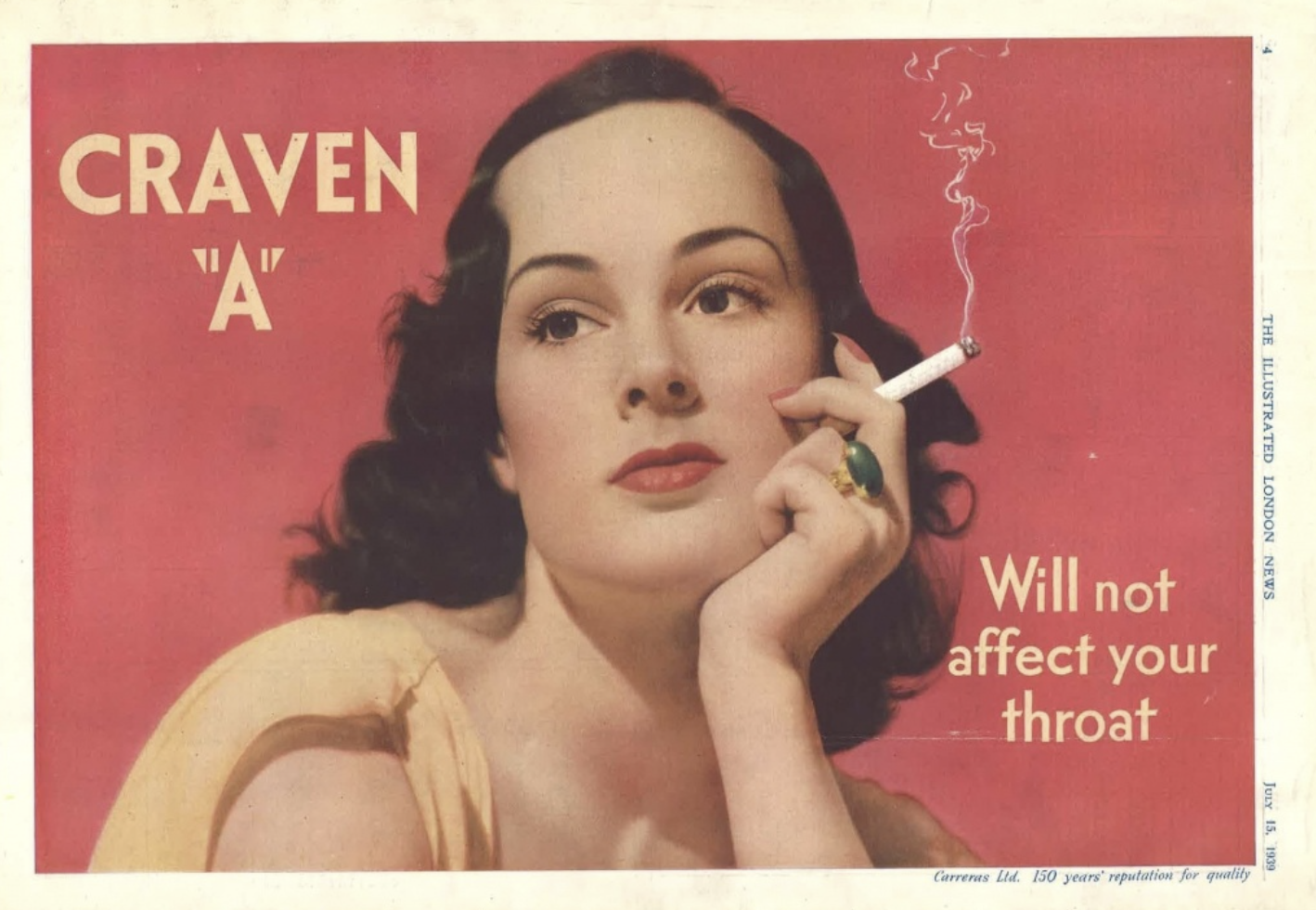
The history of tobacco marketing is closely tied to shifts in society, technology, and regulations over the centuries. From simple, hand-rolled cigars advertised in local newspapers to large-scale multimedia campaigns featuring celebrities and doctors, the evolution of cigarette advertising mirrors changes in public perception and corporate strategy. Here’s a look at how tobacco companies adapted their marketing tactics and overcame growing regulations, shaping the global smoking culture.
Early Beginnings (Pre-1800 and Early 19th Century)
In the late 1700s, tobacco advertising was simple and local. Ads in newspapers often promoted loose tobacco and snuff, relying more on word-of-mouth than brand identity. Advertising focused more on product quality than on specific brands, reflecting the era’s preference for craftsmanship over mass production. While branding was not a major focus, these early efforts laid the groundwork for future brand-building as customers began to associate certain qualities like flavor with specific merchants.
The Rise of Branded Tobacco (Mid-19th Century, 1800–1880)
With the industrial revolution, tobacco became a mass-produced commodity. Mechanized rolling machines allowed manufacturers to produce cigarettes at scale, and advertising grew more sophisticated. This period saw the introduction of collectible trade cards, which subtly promoted brand loyalty, and the first steps toward brand competition. Even though logos were still not prominent, tobacco companies began differentiating themselves, hinting at the future importance of brand identity.
Consolidation and the Tobacco Trust (Late 19th Century, 1880–1914)
By the late 1800s, the tobacco industry saw consolidation, with the American Tobacco Company merging over 200 firms. This shift changed tobacco marketing, from simple trade cards to elaborate tin tags, color posters, and detailed packaging. Companies focused on branding consistency, using color lithography to make ads more vibrant and memorable. The American Tobacco Company’s control over production and distribution also signaled the increasing role of large-scale marketing.
Mass Media and Cultural Shifts (Early 20th Century, 1914–1950)
The early 1900s introduced new media platforms—magazines, newspapers, and later, radio—which expanded the reach of tobacco advertising. World War I helped boost tobacco consumption, with cigarettes included in soldiers’ rations. During this time, tobacco companies started targeting broader demographics, including women. In 1929, Edward Bernays ran a campaign called “Torches of Freedom,” which linked smoking with social progress and modernity. This campaign dramatically shifted public perception, making smoking a symbol of independence, particularly for women.
Doctor and Celebrity Endorsements (Mid-20th Century, 1950–1970)
As the health risks of smoking became more evident, tobacco companies responded by reassuring consumers through proactive marketing. Doctor endorsements became common, with ads claiming certain brands were “safer” or “less irritating.” Celebrities in films, music, and sports further reinforced the idea that smoking was glamorous. This period illustrates how tobacco companies adapted to public health concerns by using celebrity power to influence consumer beliefs, despite growing evidence linking smoking to serious health risks.
Regulatory Pressures and Strategic Shifts (Late 20th Century, 1970–1990s)
In the 1970s, regulations began to reshape tobacco advertising. The U.S. banned cigarette ads on TV and radio in 1971, prompting tobacco companies to find new ways to reach consumers. Print ads, point-of-sale displays, and sponsorships in sports and cultural events became key marketing strategies. Companies also began targeting younger audiences, with controversial campaigns like Joe Camel. This era highlighted the industry’s ability to adapt to regulatory changes while continuing to influence public perception.
Digital Transformation and Reduced-Risk Messaging (21st Century, 2000s–Present)
By the 2000s, many countries had implemented strict bans on tobacco advertising in traditional media. Tobacco companies turned to digital platforms, subtly promoting products through social media influencers and lifestyle posts. Reduced-risk products, such as e-cigarettes and heat-not-burn devices, became the focus of marketing campaigns, as companies emphasized that these alternatives were “less harmful.” Although regulations remain tight in many Western countries, emerging markets with fewer restrictions provided new opportunities for growth.
Societal Influence, Public Perception, and the Future
Tobacco marketing has long influenced public perception, associating smoking with social status, freedom, and fashion. Hollywood films from stars like Humphrey Bogart and James Dean glamorized cigarettes, reinforcing the cultural appeal that tobacco companies cultivated. Today, tobacco companies continue to find creative ways to navigate regulations and public health concerns, while anti-smoking campaigns highlight the long-term health risks.
As the tobacco industry faces ongoing challenges from health authorities, it’s clear that marketing continues to play a central role in shaping consumer habits. Whether through digital strategies or sponsorships, tobacco advertising remains a dynamic and controversial field. The history of tobacco marketing offers valuable lessons about branding, corporate responsibility, and the intersection of culture, commerce, and public health.
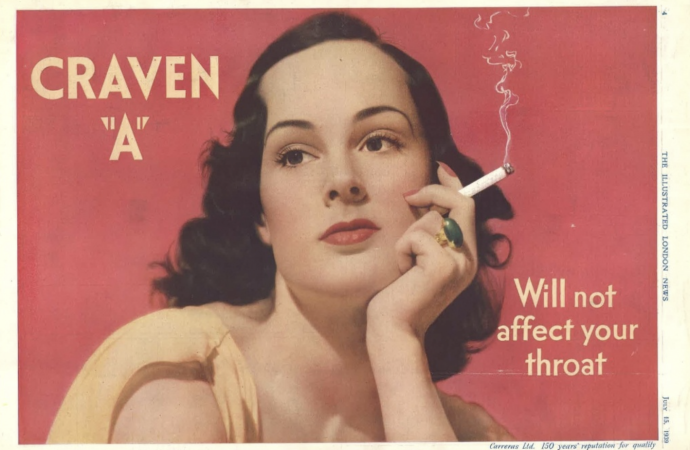
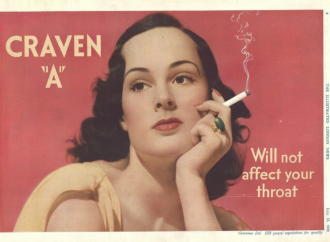




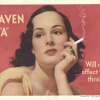








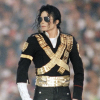

Leave a Comment
Your email address will not be published. Required fields are marked with *